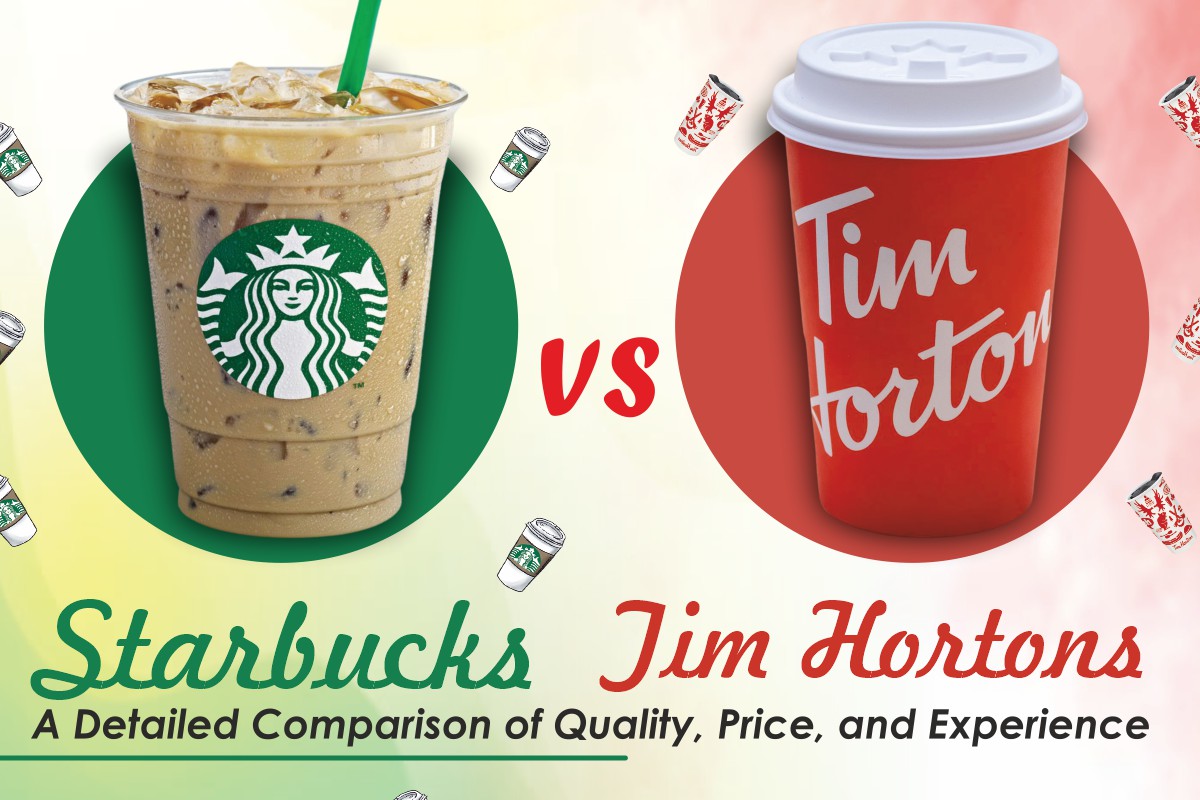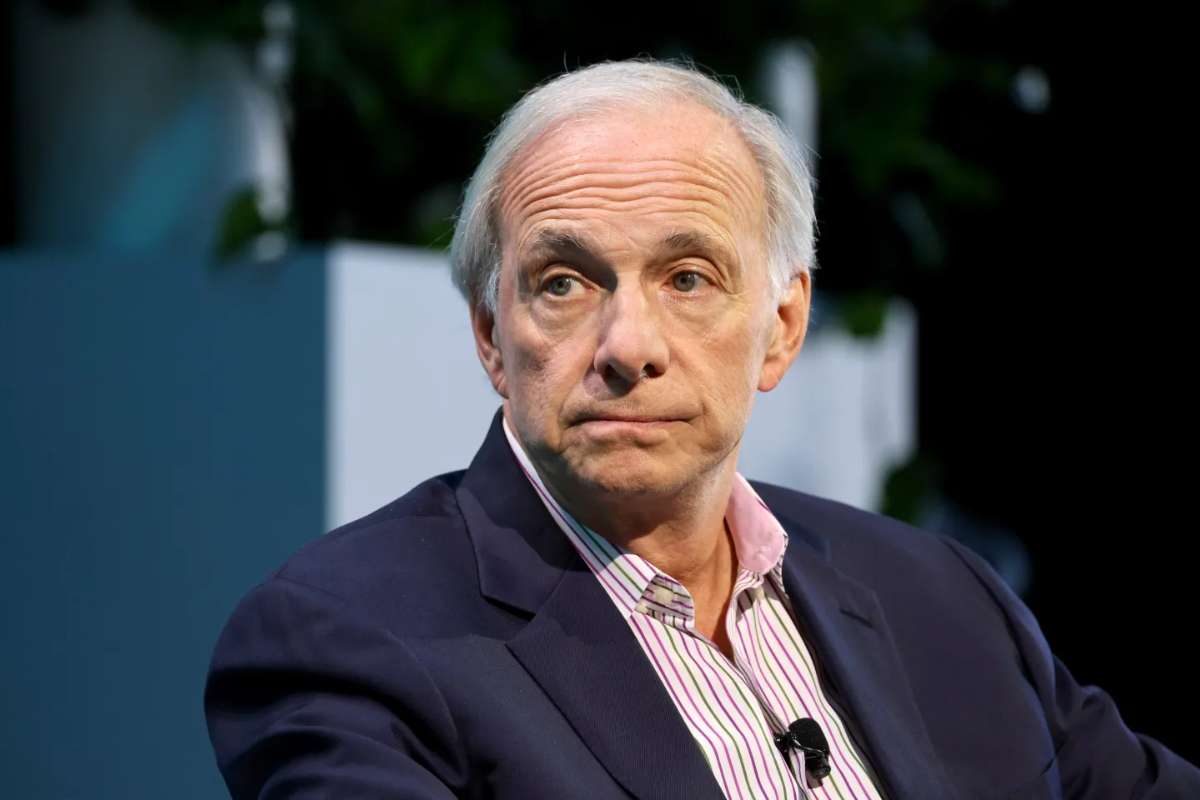Shopping has become an addiction in recent years, and with the rise in e-commerce sites available at our fingertips, we love to browse and place orders within minutes because of its ease. But that hasn’t stopped retail stores from gaining traction. Retail giants like Walmart are still thriving because of the affordability and range of products it offers. Some of the biggest names in the respective areas are Amazon and Walmart. In this article, we will learn about the rivalry between Amazon vs. Walmart, its history, key differences, and interesting facts.
History of Amazon
Amazon was founded by Jeff Bezos in 1994 as an online bookstore. He operated amazon out of his garage in Seattle, Washington. The website launched in July 1995, and within just 30 days, it was generating approximately $20,000 per week in sales. This rapid growth was fueled by a focus on customer service and a wide selection of books, which attracted a diverse customer base across the United States and internationally. As Amazon gained traction, it diversified its product lines beyond books to include electronics, clothing, and household items. By the early 2000s, Amazon had established itself as a major player in e-commerce and introduced features like customer reviews and personalized recommendations, which enhanced the shopping experience.
In 2006, Amazon started Amazon Web Services (AWS), a cloud computing service that has since brought in a lot of money for the company. By 2024, Amazon was included in the Dow Jones Industrial Average, showing how important it is in the world. In 2018, Amazon made up 43.5% of all online shopping in the U.S., highlighting its strong position in the e-commerce market.
History of Walmart

Walmart, one of the largest retailers in the world, was founded by Sam Walton in 1962 in Bentonville, Arkansas, with a vision to provide low prices and great value to customers. Walton’s innovative approach to retailing focused on discount pricing and efficient supply chain management, which set Walmart apart from its competitors. In the 1970s, Walmart expanded rapidly, opening its 100th store by 1974. During this time, Walmart introduced the Supercenter concept, which combined a complete grocery store with a variety of other products.
In 1983, the first Sam’s Club was opened, which catered to small business owners and offered bulk merchandise at discounted prices. Walmart continued to grow, becoming the largest retailer in the United States by 1991. The company also began its international expansion during this decade and opened its stores in Mexico and Canada. In the 2000s, Walmart embraced e-commerce, launched its online shopping platform, and expanded its global presence.
The Clash Between Amazon vs. Walmart in the Retail Sector
Walmart is a well-established leader in the brick-and-mortar retail sector and is known for its large network of supercenters and commitment to low prices. On the other hand, Amazon has transformed into a dominant e-commerce platform, renowned for its fast delivery and vast product selection.
When it comes to technology, Walmart employs various tools for supply chain management, data analytics, and omnichannel strategies to enhance the customer experience. Amazon, on the other hand, leverages advanced algorithms, machine learning, and innovative fulfillment methods to optimize its e-commerce operations.
Because Walmart is a physical retail store, it operates primarily through physical stores supplemented by e-commerce, focusing on low prices and community engagement. Amazon functions as an online marketplace with diverse revenue streams including subscriptions, like Prime, and cloud services.
Walmart targets budget-conscious consumers with traditional advertising and loyalty programs like Walmart+. Amazon appeals to tech-savvy shoppers using data-driven marketing strategies that personalize the shopping experience.
Amazon vs. Walmart: Comparing its Features
➣ Products
Amazon offers over 40 exclusive brands, while Walmart has more than 50 brands available across various categories.
➣ Shipping & Delivery
Amazon leads in delivery efficiency with options like same-day delivery and a global network of fulfillment centers. Amazon also plans to implement drone deliveries.
➣ Pricing
Pricing varies by category; Walmart is known for low-priced groceries, while Amazon excels in electronics and apparel.
➣ User Interface
Walmart’s website is considered more user-friendly, with better accessibility features compared to Amazon’s interface.
➣ Subscription Models
Amazon Prime offers more extensive benefits than Walmart+, which is limited to the U.S. and Canada.
➣ Technology
Both companies leverage technology to enhance customer experiences, with innovations like automated fulfillment systems at Walmart and cashier-less checkouts at Amazon.
➣ Customer Focus
Amazon is known for its customer-centric approach and offers superior service and an easy return policy. Walmart, however, is recognized for its affordability and personalized services.
➣ Customer Satisfaction
In the American Customer Satisfaction Index for 2023, Amazon improved its score to 84%, while Walmart saw a slight increase but remains lower overall.
A Quick Comparison Between Amazon and Walmart’s Services

| Key Areas | Walmart | Amazon |
| International Presence | 28 countries | 180 countries |
| Employee Count | 2.3 million people globally | 1.54 million employees. |
| Stock Prices | $150 | $114 |
| Membership Services | Walmart+ membership has stagnated at around 11.5 million, prompting Walmart to add more benefits. | Amazon Prime has over 160 million members, but its annual fee continues to rise. |
| Investments in Technology | Walmart invested $14 billion in automation and technology in 2022, enhancing customer experience with updated store layouts and touchless payment apps. | Amazon is focusing on advanced warehouse automation, using robots that can accurately pick and pack orders. |
| Sustainability Goals | Walmart aims for zero emissions by 2040, currently powering 46% of its operations with renewable energy. | Amazon targets zero emissions by 2025, although it still faces criticism for its plastic waste contributions. |
| Financial Performance | In 2022, Walmart earned $573 billion in revenue, up from $559.15 billion in 2021. In Q1 2023, its revenue increased by 7.6%. | Amazon’s revenue for 2022 was $514 billion, a rise from $469.8 billion in 2021. For Q1 2023, Amazon reported $116.4 billion, marking a 9% increase. |
Amazon vs. Walmart: Interesting Facts About Walmart
- In 2018, Walmart’s eCommerce sales grew by 40%, with a 43% increase in the fourth quarter alone.
- Walmart has nearly 4,761 stores in the U.S., with about 90% of Americans living within ten miles of a store.
- Walmart has established around 2,100 grocery pickup locations and plans to expand grocery delivery to cover 40% of the U.S. population.
- Groceries accounted for 56% of Walmart’s unit sales, giving it an edge over Amazon, which has fewer grocery locations through Whole Foods.
- Walmart is streamlining operations by selling off less profitable segments, such as its Asda business in Britain, and closing underperforming Sam’s Club locations.
- Walmart has invested about $2.8 billion in acquiring various eCommerce brands to enhance its online presence.
Amazon vs. Walmart: Interesting Facts About Amazon
- Amazon is the second-largest private employer in the U.S., with nearly 1 million employees domestically and around 1.6 million worldwide, supported by about 750,000 robots in its warehouses.
- The site averages 1.67 billion monthly visits, capturing approximately 37% of the e-commerce market. It offers over 12 million products directly and more than 353 million when including third-party sellers.
- There are over 100 fulfillment centers in the U.S., averaging 800,000 square feet each, facilitating extensive logistics operations.
- The first Kindle sold out within hours of its release in 2007, and now there are over 12 million e-books available on the platform.
- The COVID-19 pandemic boosted Amazon’s income by 37.6% in 2020.
- As of now, Amazon’s estimated net worth is $1.33 trillion, while Jeff Bezos holds a personal net worth of around $160 billion.
Amazon vs. Walmart: Which One is Better?

Amazon and Walmart both have their presence globally and cater to their audience’s needs. While Walmart is cheaper, Amazon is widely popular for its books and technology collection. Both companies are planning to expand their services in the coming future. The choice of which one to choose between Amazon vs. Walmart comes down to the consumers and their preferences and lifestyle. Amazon and Walmart have made their home in their consumer’s hearts in their own ways and will continue to do so.

















